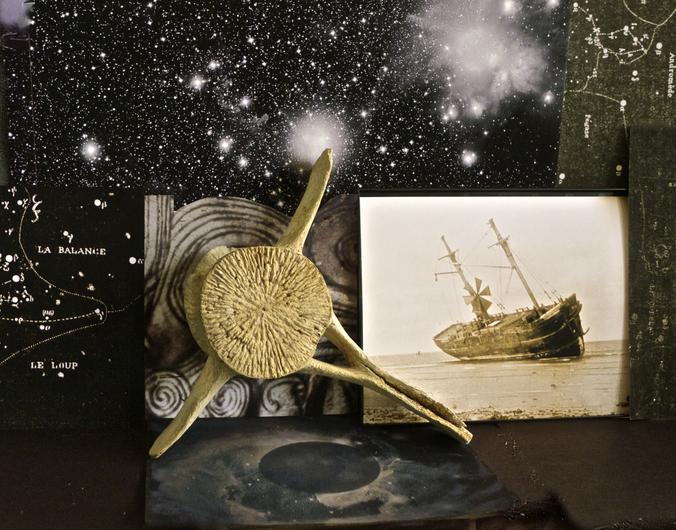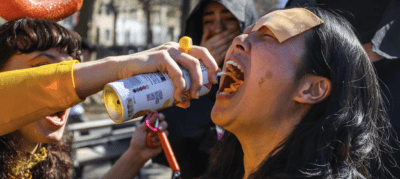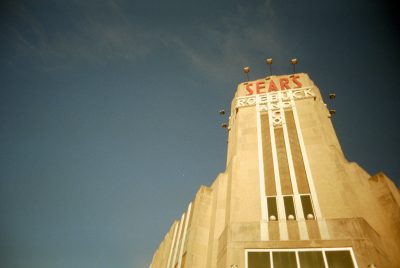Spring Museum Preview: Part 1
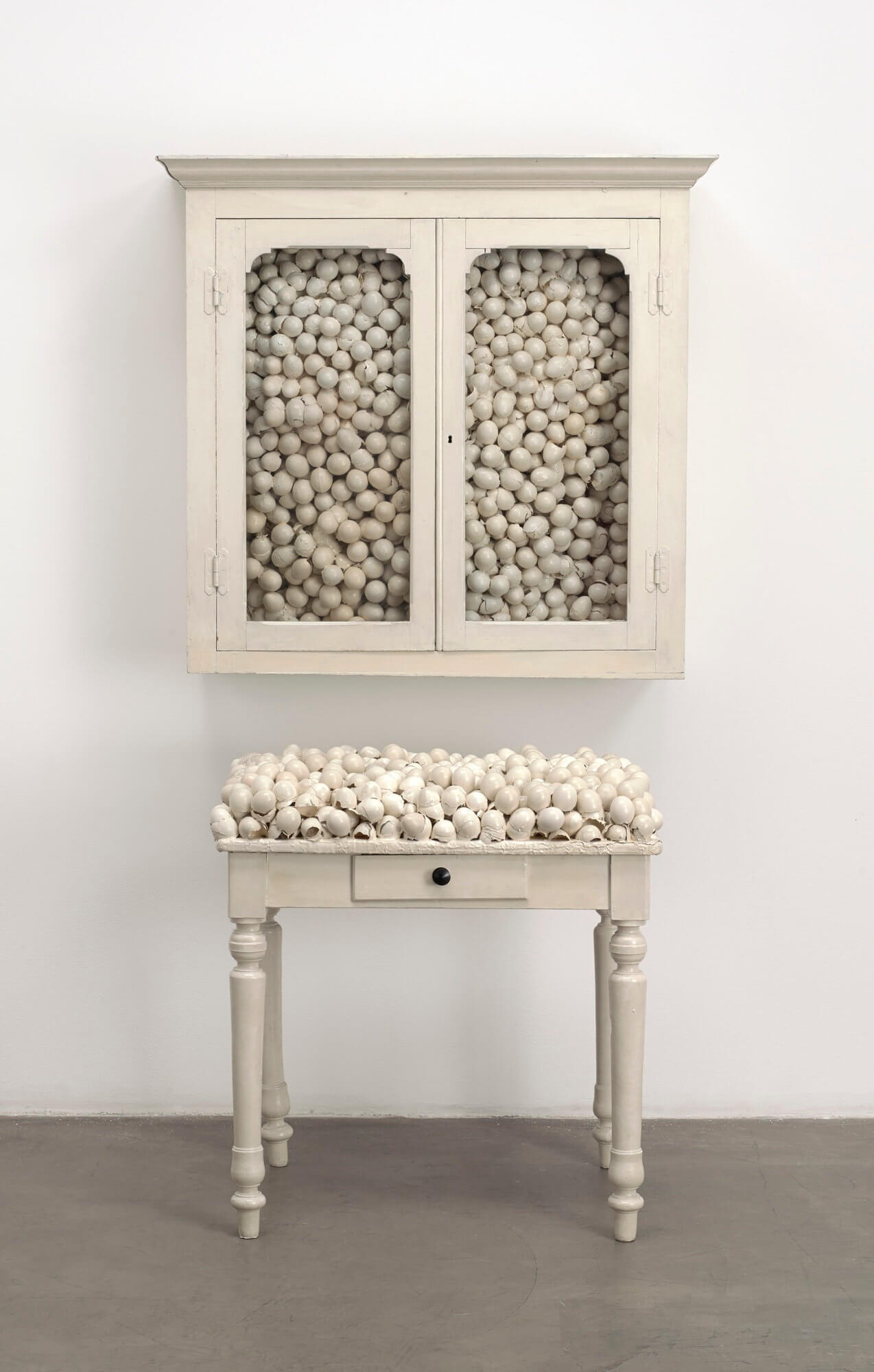

Marcel Broodthaers, “Amoire blanche et table blanche,” 1965. Image courtesy MoMA and Estate of Marcel Broodthaers.
Here are seven NYC exhibitions for you to look forward to in the coming weeks and months. Material and thematic overlaps factor into them aplenty. Check back with Brooklyn Magazine soon for “Spring Museum Preview: Part 2.” For now, mark your calendars accordingly.
MoMA
Marcel Broodthaers: A Retrospective
Belgian artist Marcel Broodthaers was a witty, formidably prolific creative agent of many sorts whose primary means of expression was always poetic even after his output of poetry properly-so-called began to wane. He was 40 when he embarked on his ultimately quite brief journey as a visual artist—for the oh-so-quaint reason of improving upon his impoverished lot as a poet—and he spent the last twelve years of his life crafting manifold forms of objects bridging surrealist absurdity with art-world commentary. Sculpture, collage, assemblage, installation, film, painting, printmaking: he got his active hands into a bit of everything. This exhibition, the first ever comprehensive Broodthaers show in New York, will likely leave you plenty awed and amused. Opens 2/14.
MoMA PS1
Vito Acconci (at some point) and Greater New York
While PS1’s mother institution features a show of a once-poet who meandered his way into a career as a visual artist, i.e. the Marcel Broodthaers exhibition, PS1 is planning to showcase works by a creatively kindred soul, the somewhat indescribably incomparable Vito Acconci, an artist-cum-provocateur-cum-poet-cum-architect who probably stands a better chance of designing proper living quarters for astronauts than the average engineer at NASA—such is the sometimes prophetically accurate capaciousness of his imagination. He still lives and works in NYC, so expect this to be a very crowded, homegrown blockbuster. If it’s anything less, then everything and everyone will be wrong. Anyway, it’s still not quite clear when this show will open, so if you want to head out to PS1 in the coming month or so, you’ll still have plenty to see and interact with in the current Greater New York exhibit, which runs through March 7th.
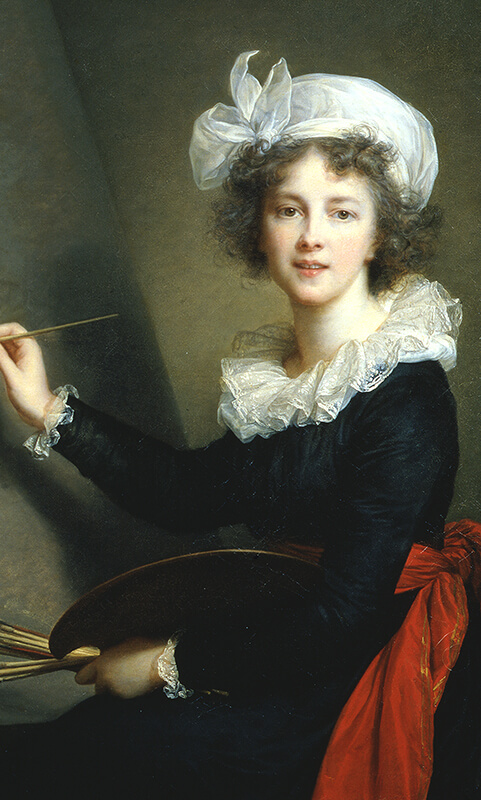

Elisabeth Louise Vigée Le Brun. “Self-portrait,” 1790. Galleria degli Uffizi, Corridoio Vasariano, Florence.
The Metropolitan Museum of Art
Jan van Eyck and Vigée Le Brun
I’d argue with no lack of enthusiasm—and certainly with more than a few litotic expressions—that it’s not quite possible to not be at least initially intrigued by almost any art-historically steeped exhibition description featuring terms like “infrared reflectography,” “long-standing mysteries” and “technical investigations.” As such, I, for one, cannot wait to see what contemporary technologies have recently revealed about variably palimpsestic writings and relatable under-doings in two paintings by Jan van Eyck, Crucifixion and Last Judgment. Were they always a diptych? Were they once a triptych? Paired portals, perhaps? Further questions and speculative answers are sure to abound. To be candid, I love this stuff—and who couldn’t? It’s a literalization of historical revisionism at its finest. Another show at the Met to which I’m looking very forward is that of the quite anomalous, exceptionally gifted, deeply storied portraitist Vigée Le Brun, who seems to have rather felicitously painted her way around royal courts and academies throughout Europe despite revolutionary tumult moiling up all around. (N.b. Her Self Portrait, pictured above, which will be part of this show, is typically held in the Corridoio Vasariano, one of the most curious and splendid places to look at art, in particular portrait paintings, in the world.)The Jan van Eyck show opened about a week ago. Le Brun opens 2/15.
The Frick Collection
Van Dyck: The Anatomy of Portraiture
There’s a sort of mental space, via near-homonymics and formal relevance, where the Met’s above-mentioned shows featuring portraits by Vigée Le Brun and investigations into works by Jan van Eyck could well lead one to think about portraits by Anthony Van Dyck. What a fine coincidence, then, that such is the very subject matter of a forthcoming show at The Frick Collection! With Van Dyck: The Anatomy of Portraiture, which will feature nearly a hundred works culled from a number of European museums and private collections, the Frick will mount the most extensive exhibition ever of Van Dyck’s portraits. Expect to be, at the very least, both charmed and transported. And don’t forget to look very closely at hands. Opens 3/2.
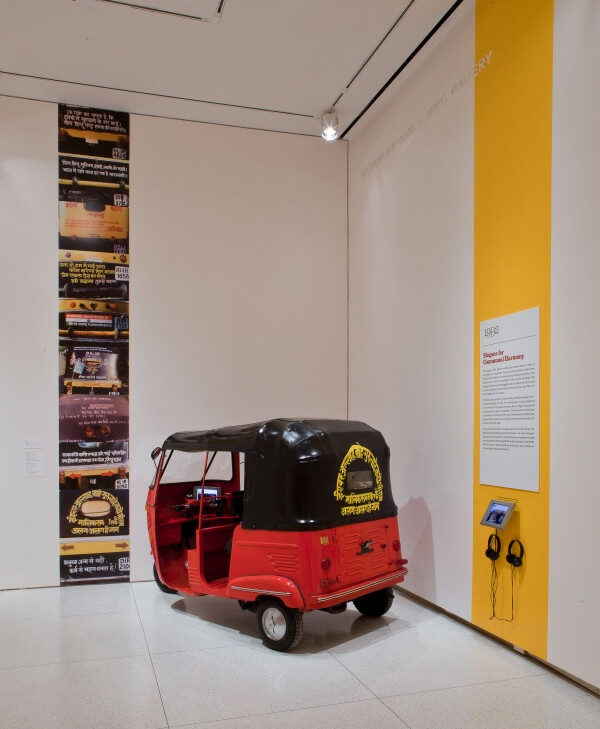

SAHMAT, “Slogans for Communal Harmony (Auto-rickshaw project),” 1992/2013. Image courtesy Brooklyn Museum and The David and Alfred Smart Museum of Art, The University of Chicago.
The Brooklyn Museum
Agitprop!
Given the gaping inequalities, political uncertainties and economic volatilities that, rather than abate at all in recent years, have seemed only to be consistently exacerbated the world over, it’s rather astonishing that mass social agitation—whether revolutionarily fiery or merely calling out loudly for fairness and reform—isn’t much more of a contemporary, regularly increasing norm. Perhaps this show at the Brooklyn Museum will give you (and mobs of others?) a few ideas about how or why activism might (or might not?) ameliorate things. At the very least, you’ll be reminded, via various and variably documented histories, that one operative mode will guarantee that not a damn thing ever changes: doing nothing. This show has been up for just over a month now, but the coming months will feature fresh insertions of new works selected by already-featured artists. The next jolt of agitational energy will be injected on 17 February. Just in time for heightened drama regarding electoral primaries!
Bronx Museum
Michelle Stuart, Theatre of Memory
Known most broadly for her decades of work in both literally and figuratively ground-breaking modes of environmental art, Stuart has long taken creative inspiration and physical implements alike from Nature Herself—for all her glory and vastness, her grit and grandeur, her boundless mystery and infinite splendor. What Stuart is much less known for, however, is her work in photography. As such, the aim of this exhibition, assembled with a keen historical eye by guest curator Gregory Volk, is not merely to showcase Stuart’s photographic works—which apparently constitute much of her contemporary practice—but to also dig into their origins in a revelatory, partially site-specific display of how and when they emerged from her more physically land-probing creations. Same Earth, different probe, let’s say—envisioned with relatable aesthetics, similar modes of layering and discovery, and a recognizable sense of awe. Opens 2/3.
Onassis Cultural Center NY
Gods and Mortals at Olympus: Ancient Dion, City of Zeus
It’s possible that you’ve never visited the Onassis Cultural Center NY. It’s also possible that you’ve never even heard of it. Well, it’s located in midtown Manhattan, not too far from MoMA, and its institutional mandate is to provide programming and exhibitional platforms of various sorts for the proliferation of Hellenic culture. If that doesn’t sound quite interesting enough to compel you to check it out forthwith, then how about a momentous array of objects of antiquity—sculptures, mosaics, coins, ceramics and jewelry, for instance—that have traveled to NYC from the foot of Mount Olympus, that have never before been seen in the US, that cover a chronological span of approximately a millennium and a half (with the most recent pieces still dating all the way back to 400 AD, or CE if you prefer), and that will be carefully curated into a wonderful exhibition by the President of the Acropolis Museum in Athens? The show doesn’t open until late March, but it certainly seems likely it will be well worth the wait. You don’t need to be a Classics scholar or Byzantinist to get excited about this one. The show’s title alone had me sold. Opens 3/24.
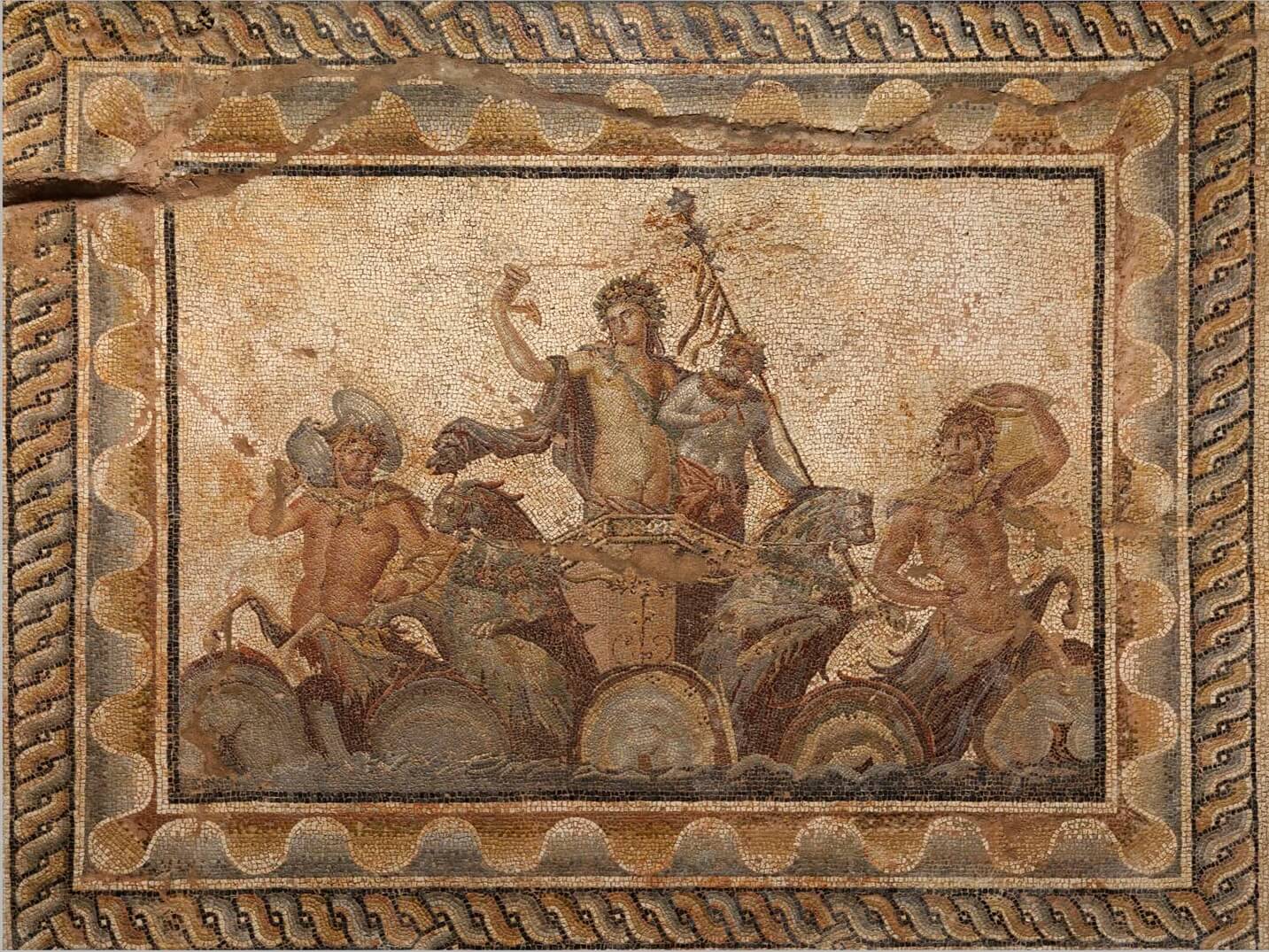

“Mosaic of the Epiphany of Dionysus,”
late 2nd–early 3rd century AD. From Dion, Villa of Dionysus, Symposium Hall.
Archaeological Museum of Dion. Photo © Archaeological Excavations at Dion, Greece. Courtesy Onassis Cultural Center NY.
You might also like 









